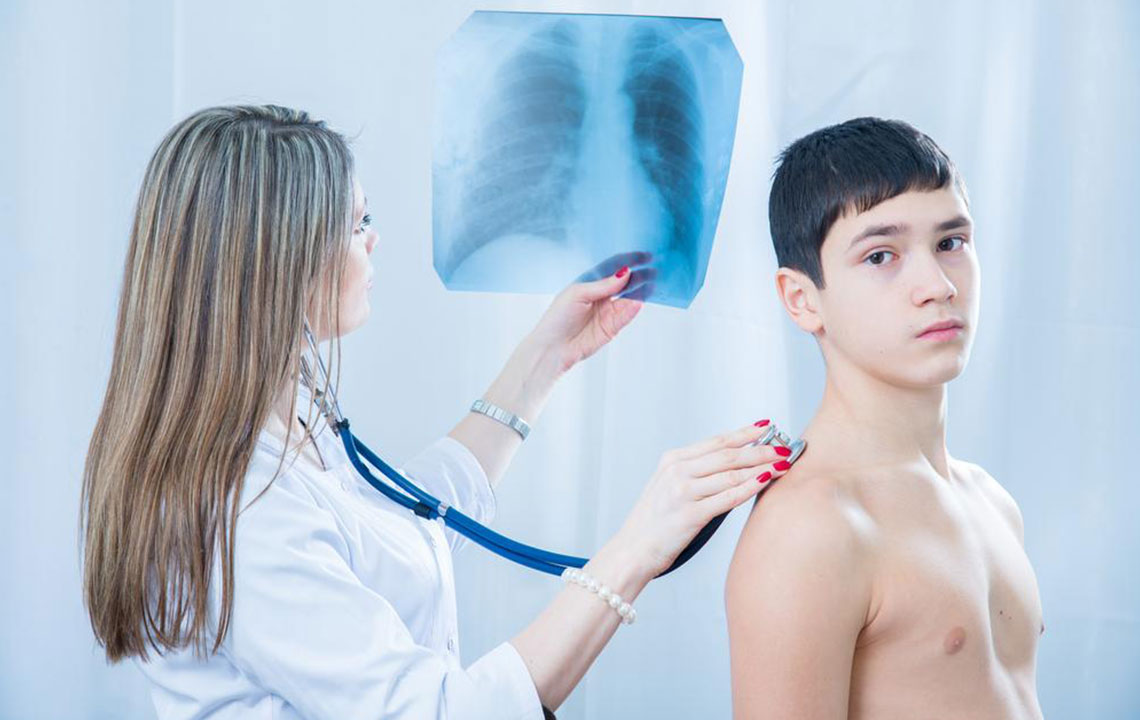Comprehensive Guide to Cold and Flu: Symptoms, Treatments, and Prevention
This comprehensive guide explores the symptoms, treatments, and preventive strategies for cold and flu. Understanding the key differences, recognizing symptoms early, and adopting effective remedies can help manage these common respiratory illnesses efficiently. Learn about medications, home remedies, and vaccination importance to stay protected during flu season.

Comprehensive Guide to Cold and Flu: Symptoms, Treatments, and Prevention
The common cold and influenza (flu) are among the most prevalent respiratory illnesses affecting people worldwide. Both are highly contagious, spreading rapidly through the air and contact with contaminated surfaces. While they share similar symptoms, understanding their differences is crucial to ensure proper treatment and prevention. Cold and flu viruses vary, with cold viruses like rhinoviruses and parainfluenza being common, and flu viruses including types A, B, and C. The severity and onset of symptoms help distinguish between the two, influencing the approach to treatment.
Cold symptoms typically develop gradually and are milder, often involving a runny nose, mild cough, and sore throat. Conversely, the flu tends to strike suddenly with more intense symptoms such as high fever, body aches, and fatigue. Recognizing these differences allows individuals to seek timely medical care, especially in vulnerable populations like children, the elderly, or those with compromised immune systems.
Understanding symptoms is essential:
Fever: Rare in cold cases, but common with influenza, where temperatures can rise above 100°F for several days.
Body Aches: Mild discomfort in colds; severe aches are typical with the flu.
Chills: Unusual during colds but a hallmark symptom of the flu.
Fatigue: Mild with cold, but profound exhaustion frequently accompanies the flu.
Sneezing: More common during cold episodes.
Cough: Both illnesses cause coughing, but flu-related coughs are usually more severe and persistent.
Stuffy Nose: Prominently associated with cold; less common during influenza.
Sore Throat: Common with colds, may also occur with the flu.
Headache: Often associated with the flu.
Most cold symptoms resolve within a week without medical treatment, but persistent or worsening symptoms should prompt consultation with a healthcare professional for proper diagnosis and management.
Effective treatment options for cold and flu include a combination of medications and home remedies:
Over-the-counter analgesics like acetaminophen or ibuprofen relieve aches and reduce fever.
Antihistamines can lessen sneezing and nasal runniness caused by cold viruses.
Decongestants help alleviate nasal congestion and improve breathing.
Nasal corticosteroids may reduce sinus inflammation and pressure.
Expectorants and cough suppressants assist in managing mucus and cough symptoms.
Antiviral medications, such as oseltamivir or zanamivir, can significantly shorten the duration of the flu if taken within the first 48 hours of symptom onset.
Complementary home remedies can provide relief and support recovery:
Maintaining adequate hydration helps thin mucus and soothe irritated mucous membranes.
Gargling with warm salt water can ease sore throat discomfort and reduce nasal inflammation.
Warm baths infused with essential oils like eucalyptus or menthol can alleviate congestion and promote comfort.
Consuming vitamin C-rich foods, such as oranges, grapefruits, and strawberries, may bolster the immune system.
Incorporating probiotics into the diet supports gut health, which is linked to immune function.
Getting sufficient rest and sleep is vital for recovery and immune response.
Prevention remains the best strategy against cold and flu. Regular handwashing with soap and water minimizes viral spread. Maintaining a balanced diet, staying well-hydrated, and avoiding close contact with infected individuals significantly reduce infection risk. Vaccination against seasonal influenza is strongly recommended each year to provide immunity, especially for high-risk groups. Other preventive measures include wearing masks in crowded places and practicing good respiratory hygiene.
Understanding the differences between cold and flu, recognizing symptoms early, and taking appropriate steps can help individuals recover faster and reduce the risk of complications. Awareness and proactive measures are crucial for health and well-being during cold and flu seasons.





